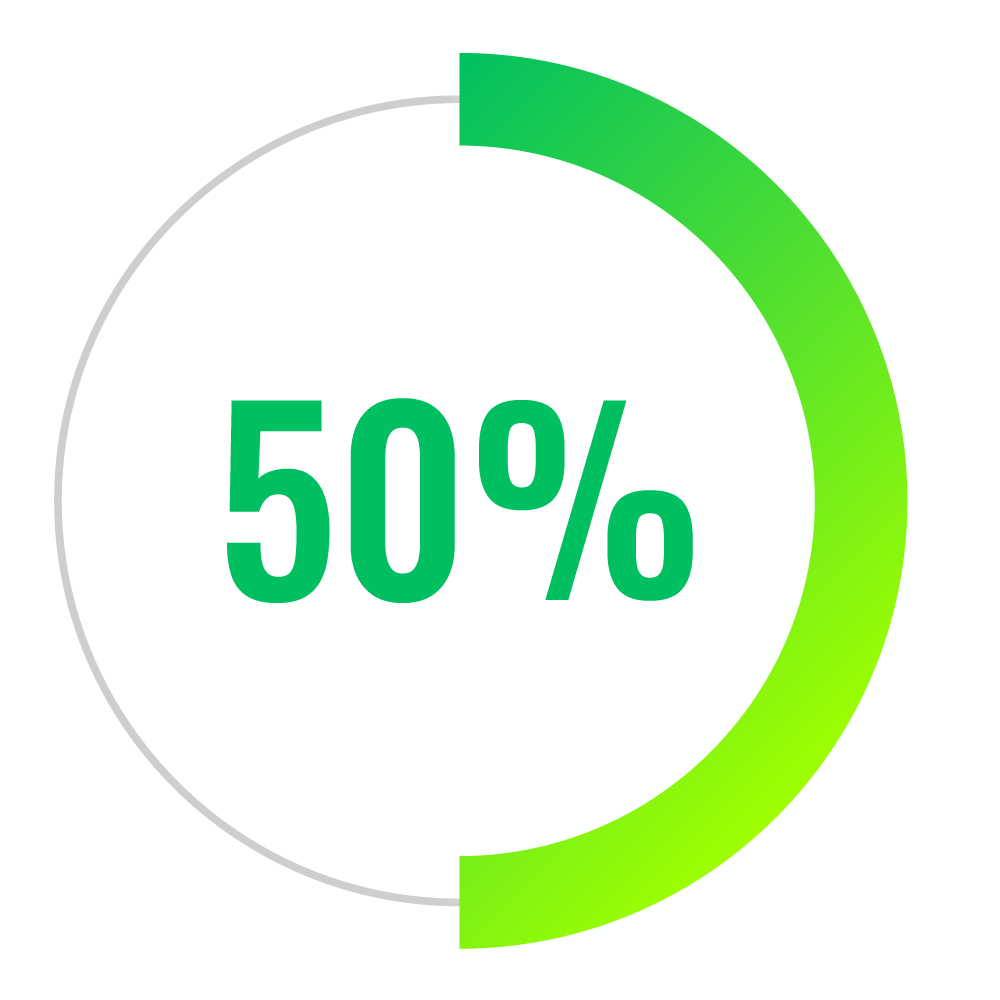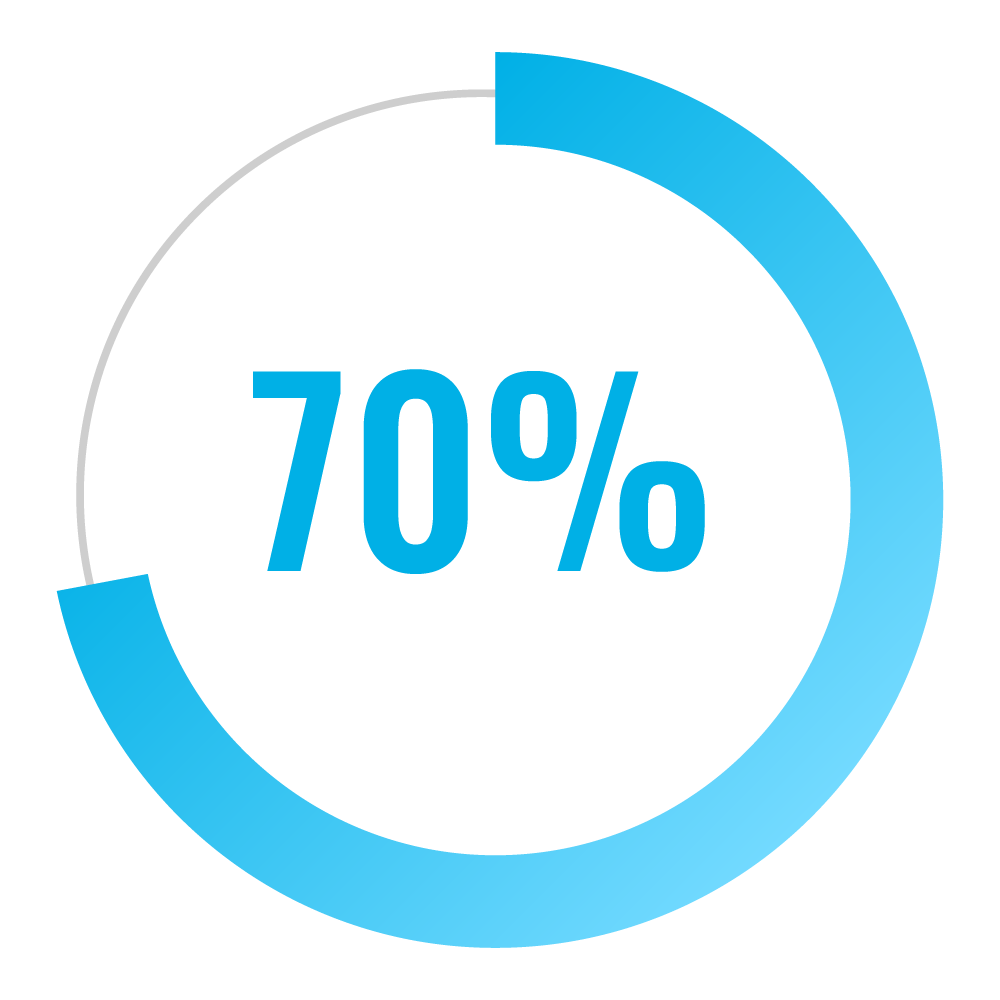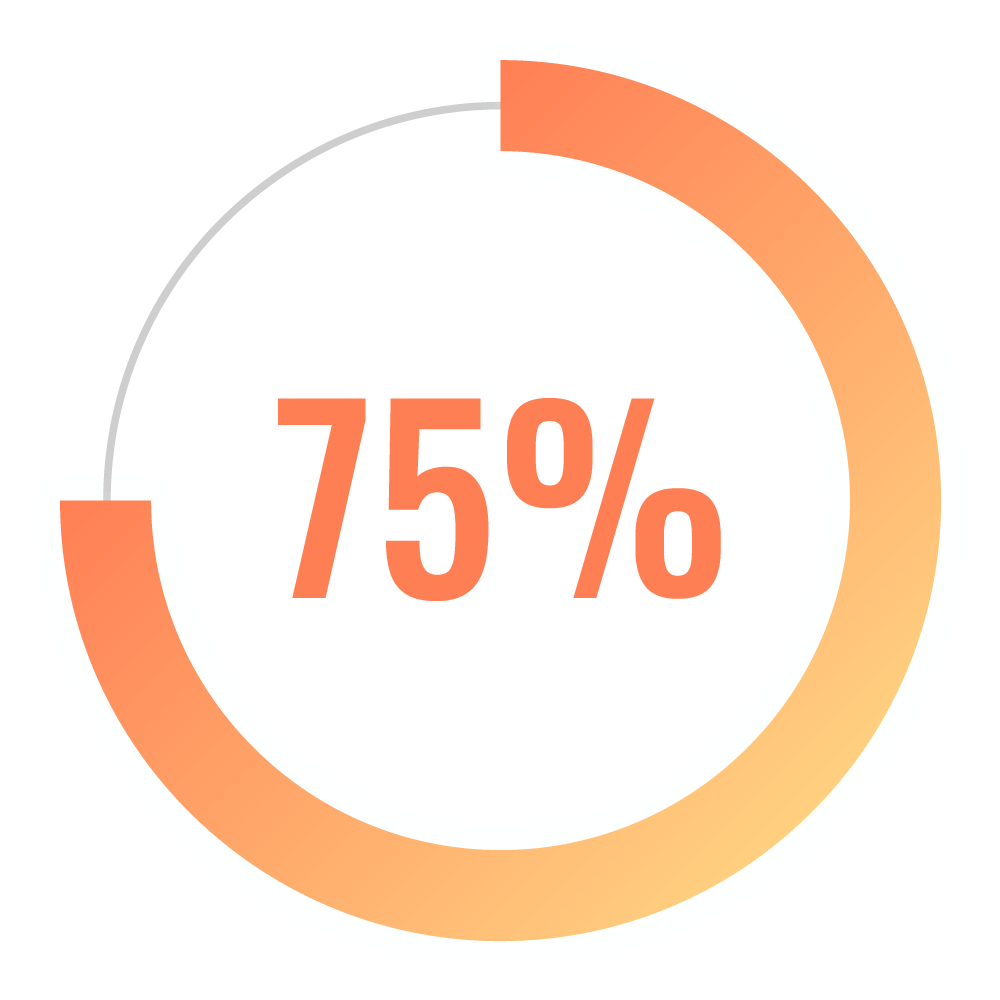#1 Mastering E-Commerce Search
„The Revolution of E-Commerce Search 2023: 10 Trends and Developments“
Before we start, here’s what you should know about E-Commerce Search to understand why it revolutionizes businesses in 2023…
Numbers, Data and Facts about E-Commerce Search:

… more revenue per visitor possible through an optimized search

… of online shoppers use the search directly without any detour

… higher conversion with AI search than with standard search

… of online shoppers use their mobile to search for products

… of users abandon the buying process when the search is bad

… of users consider a good search function for very important
This article is the first in our series „Mastering E-Commerce Search“. We would like to offer you valuable information and suggestions for your online business. Follow us on LinkedIn to be notified about our news.
This article is the first in our series about „Mastering E-Commerce Search“. We would like to offer you valuable information and suggestions for your online business. Follow us on LinkedIn to be notified about our news.
Where are the trends in e-commerce search going?
E-commerce gained great importance in recent years and is now a central part of the global economy. Due to a growing number of e-commerce companies on the market, the offer for end customers is increasingly immense. Therefore, the competition for being relevant in online retail is becoming fierce. An efficient and user-friendly search is a decisive factor in order to distinguish yourself from the competition, attract and satisfy customers and finally increase sales.
It has been shown, that simply running a good online shop with great products is no longer sufficient. The active management of the customer experience for end customers is becoming a differentiating factor and an optimized search makes a significant contribution.
In this article, we depict ten trends in e-commerce search, how they have evolved over the past few years and how they are being embraced by online retailers and consumers alike.
What are specific trends in e-commerce search?
The following list shows 10 trends and ways to rethink search in e-commerce. Nevertheless, not every trend might be relevant for every company with an online shop.
1. Classic personalized search: Personalization is actually an “old topic”, but unfortunately it is far from standard. By analyzing user data e.g. search history, etc., e-commerce companies can provide personalized search results that are better tailored to the needs of the individual. McKinsey & Company say “personalization is no longer a nice-to-have but a must-have for brands to win”. Then…
- 71% of consumers expect 1:1 personalization
- Personalization generates about 10% more sales
- The cost to acquire a customer decreases by 50%
2. Mobile Commerce: The increasing use of smartphones and tablets for online shopping means that more and more people are shopping via mobile devices. Online retailers must therefore ensure that their search is optimized – mobile first.
3. Natural Language Processing (NLP): Users type a search query as they would say it out loud to a friend or salesperson and receive a relevant response. Example: NLP-based request for “red women’s shoes size 40 under 20 euros”. The customer gets exactly the list of products he wanted. The user saves so much time and effort and it speeds up the buying process.
4. Voice search: Voice search is another possible use of NLP: Due to the growing spread of voice-controlled devices such as smartphones, smart speakers or voice assistants, e.g. in cars, more and more users are using voice search. Businesses can optimize their search capabilities to respond to natural language input.
5. Visual Search: With the help of images, the user can search specific products and find similar items. By implementing visual search technologies, companies can make searching and discovering easier. This results in a more intuitive search. Shutterstock and iStock are leading the way here.

The Evolution Pyramid of E-Commerce Search
The graphic illustrates the evolutionary stages of search solutions for e-commerce. Starting with simple searches with filter and sorting functions to AI/ML systems that can personalize touchpoints completely automatically. The complexity, the integration effort and the license costs increase according to the evolutionary stages.
6. Omnichannel integration: By consistently offering relevant search across different sales channels (e.g. online store, mobile app, social media), e-commerce companies can create a seamless shopping experience for the customer and increase the conversion rate . In one study*, half (49%) of the companies surveyed have implemented an omnichannel retail experience. This is clearly the direction the industry is headed, and another two in five companies (42%) are considering adoption.
7. Artificial Intelligence (AI) and Machine Learning (ML): Modern search solutions use AI and machine learning to continuously learn and improve search results. This enables an even more precise and faster search that better meets customer requirements.
8. Chatbots, ChatGPT and AI assistants: AI can not only be used to optimize the relevance of search results. The integration of chatbots and AI assistants into the content/PIM processes ensures high-quality and suitable content even before the actual search. For example, ChatGPT, which uses Large Language Models (LLM), can efficiently and concisely create summaries of product descriptions, giving customers better information and simplifying search engine optimization. In addition, ChatGPT can have human-like dialogues with users and thus guide them through their search. This allows the user to find exactly what they are looking for.
Somewhat more “revolutionary” are immersive experiences:
9. Augmented Reality (AR): Gartner predicted that by 2022, 70% of brands will be testing immersive technologies on consumers. For example, users can experiment with virtual product fittings or see a piece of furniture in their home before buying it. This type of personalization will increase sales and engage users in new and exciting ways. This will require a completely new type of search in the future.
10. Metaverse/Virtual Reality (VR): A digital parallel world can actually take all previous trends to another level and also offer an entertainment factor, e.g. through virtual games for younger generations. Search can also take place in a completely different way at this touchpoint. But the main point here is a more immersive and interactive shopping experience where users can virtually browse, try on/try products and interact with sellers or other users in real-time. This makes shopping, and thus searching and finding, an entertaining experience.
What are the advantages and the potential of an optimized e-commerce search?
Modern searches not only allow the customer to find products quickly and easily, but to find what they are really looking for. So, in order to offer users a seamless online-shopping experience, it is important to have the best possible search solution in place. The goal is, to inspire customers and emotionally connect to them. This does not work with a standard search solution. 43% of online shop visitors immediately use the search function. This results in enormous potential. When wisely used, it is possible to optimize the search as follows:
Conclusion on E-Commerce Search
There are many exciting trends and developments in the field of e-commerce search in 2023. Furthermore, technologies and software is always evolving. Businesses should monitor these trends to stay competitive and increase customer satisfaction. Streamlined search is critical to increasing sales, building customer loyalty, and meeting the needs of future generations.
How will our Series continue?
In this first article of our series “Mastering E-Commerce Search”, we dealt with the current trends of site search in e-commerce and highlighted the advantages of modern search solutions for online retailers and end customers.
In the next article #2 Mastering E-Commerce Search we’ll dive deeper into the different search solutions on the market and how they compare to each other. Stay tuned to find out which search solutions work best for your business and how they can help you win long-term customers.
Follow us so you don’t miss any part of our content series and receive valuable information about e-commerce and search solutions.
This article is the first in our series “Mastering E-Commerce Search”. We would like to offer you valuable information and suggestions for your online business. Follow us on LinkedIn to be notified about our news.
This article is the first in our series “Mastering E-Commerce Search”. We would like to offer you valuable information and suggestions for your online business. Follow us on LinkedIn to be notified about our news.
Sources of all our used numbers, data and facts about E-Commerce Search:
Statista, 2017: Kaufkriterien beim Online-Shopping in Deutschland 2017 Report, https://de.statista.com/statistik/studie/id/47315/dokument/kaufkriterien-beim-online-shopping/
Baymard Institute, 2020: The state of Mobile E-Commerce Search and Category Navigation, https://baymard.com/blog/mobile-ecommerce-search-and-navigation
Baymard Institute, 2022: E-Commerce Search UX, https://baymard.com/research/ecommerce-search
Baymard Institute, 2022: Blog, https://baymard.com/blog/collections/on-site-search
Algolia, 2020: 40+ stats on e-commerce search and KPIs, https://www.algolia.com/blog/ecommerce/e-commerce-search-and-kpis-statistics/, https://www.algolia.com/dg/ecommerce-site-search-trends-2023
Coveo, 2022: The Ultimate Guide to Conversion Rate Optimization in Ecommerce, https://www.coveo.com/en/resources/ebooks/the-ultimate-guide-to-conversion-rate-optimization-for-ecommerce
Google/Ipsos, 2019: Global Retail Study, https://www.thinkwithgoogle.com/consumer-insights/consumer-trends/in-store-smartphone-research-statistics/
McKinsey, 2021: The value of getting personalization right – or wrong – is multiplying, https://www.mckinsey.com/capabilities/growth-marketing-and-sales/our-insights/the-value-of-getting-personalization-right-or-wrong-is-multiplying


